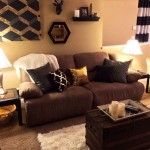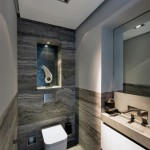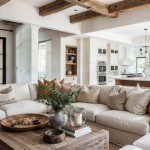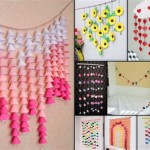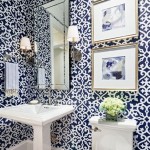How To Decorate Small Accent Tables
Small accent tables, often overlooked, offer significant opportunities to enhance a room's aesthetic appeal. These versatile pieces can be strategically placed to add functionality and visual interest to various living spaces. Decorating them effectively requires consideration of scale, balance, and the overall design scheme of the room.
The first step in decorating a small accent table is to determine its purpose. Will it serve primarily as a display surface for decorative objects, or will it also hold functional items like lamps or drinks? This assessment helps determine the appropriate decorative elements and their arrangement.
Choosing the right accessories is crucial. Overcrowding a small surface can make it appear cluttered and detract from its visual appeal. A carefully curated selection of items is key. Consider using a mix of textures, heights, and materials to create visual interest. For example, a sleek ceramic vase paired with a textured woven box and a small metal sculpture can offer a dynamic and balanced display.
Scale and proportion are essential factors. Items placed on a small accent table should be proportionate to its size. Large, bulky objects can overwhelm the table and the surrounding space. Opt for smaller, more delicate pieces that complement the table's dimensions. This creates a harmonious and visually pleasing arrangement.
The rule of three is a useful guideline in decorating. Grouping objects in odd numbers, particularly three, tends to create a more visually appealing and balanced arrangement. This doesn't necessarily mean limiting the display to only three items. Rather, it suggests arranging items in clusters of odd numbers to create a sense of visual harmony.
Layering is a technique that adds depth and dimension to a small accent table display. Consider using a small stack of books as a base for a decorative object, or placing a small tray on the table to corral smaller items. This layering effect prevents the display from appearing flat and one-dimensional.
Incorporating greenery can bring a touch of life and vibrancy to the arrangement. A small potted plant, a vase of fresh flowers, or even a few sprigs of greenery can significantly enhance the visual appeal of the table. Choose plants that are appropriate for the lighting conditions in the room and the table's size.
Lighting is another important consideration. A small lamp placed on the accent table can serve both a functional and decorative purpose. It provides ambient lighting and adds a warm, inviting glow to the space. Alternatively, consider placing a candle or a decorative lantern on the table for a softer, more intimate lighting effect.
The color palette of the decorative items should complement the overall color scheme of the room. Choose colors that either blend harmoniously with the existing décor or provide a subtle contrast. This creates a cohesive and visually appealing aesthetic.
Consider the style of the accent table itself. A modern, minimalist table might benefit from a simple, uncluttered arrangement, while a more ornate, traditional table might call for more decorative elements. The style of the table should inform the choice of decorative objects and their arrangement.
Regularly reassessing and refreshing the arrangement is advisable. Changing the decorative items seasonally or simply rearranging existing pieces can prevent the display from becoming stale and maintain visual interest. This allows for flexibility and keeps the space feeling dynamic.
Don’t be afraid to experiment with different arrangements and combinations of objects. Finding the perfect balance and arrangement often involves trial and error. Moving items around and trying different combinations can lead to unexpected and visually pleasing results.
Functionality should also be considered. If the accent table will be used to hold drinks or other items, ensure there is sufficient space for these functional elements. The decorative elements should not interfere with the table's intended use.
The surrounding furniture and décor should be taken into account when decorating a small accent table. The table should complement the overall style of the room and not clash with the surrounding furniture. The arrangement should enhance the overall aesthetic of the space.
Finally, personal style should be reflected in the decorative choices. While following these guidelines can be helpful, ultimately the goal is to create a display that reflects personal taste and preferences. The accent table should be an expression of personal style and enhance the enjoyment of the space.

Home Decor 101 How To Decorate End Tables The Turquoise

Simplified Decorating End Table Decor Ideas Bless Er House

Side Tables And End A Guide To Decorating With Them

Diy Round Side Table End Tables Apartment Decor Farmhouse Style Furniture

20 Gorgeous Side And Accent Table Ideas For Your Small Space Living In A Shoebox

Side Table Decor Ideas 33 Best Stylish Functional End Tables For Your Home Parachute Blog

White Farmhouse End Table Tables Farm House Living Room Side Decor

20 Gorgeous Side And Accent Table Ideas For Your Small Space Living In A Shoebox

Home Decor 101 How To Decorate End Tables Table Living Room Side

16 Small Side Tables For Compact Spaces
Related Posts

